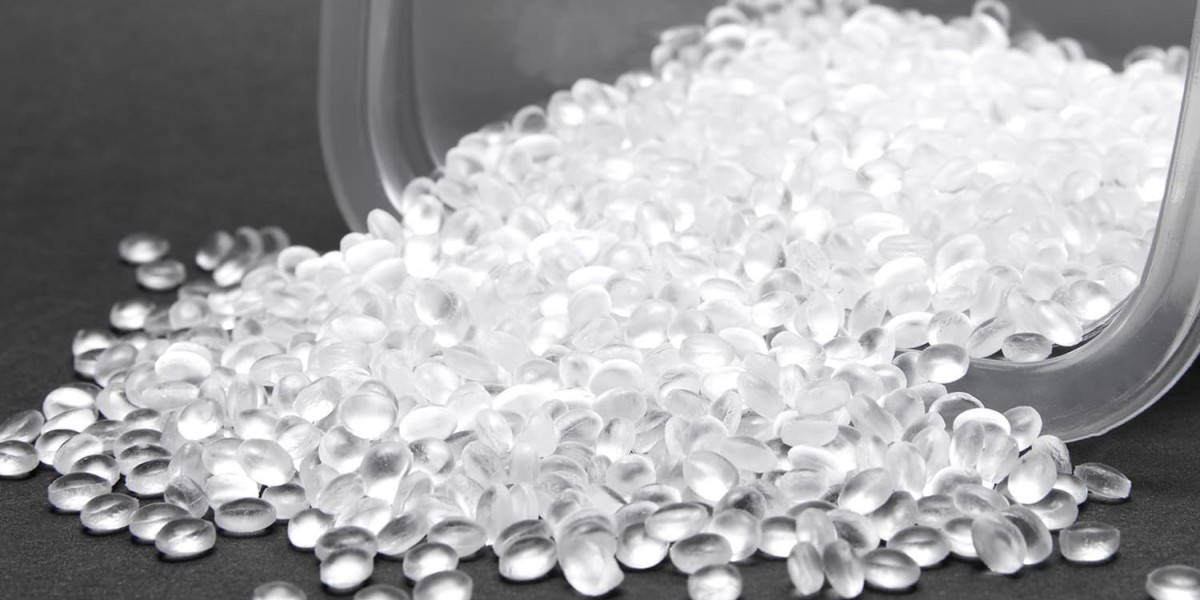In the realm of plastics, High Density Polyethylene (HDPE) stands out as a versatile and widely used material with a myriad of applications. From packaging and construction to automotive and healthcare, HDPE offers a range of advantages that have made it a preferred choice for manufacturers and consumers alike.
Durability and Strength: The Backbone of HDPE
One of the key advantages of HDPE is its exceptional durability and strength. With its high tensile strength and resistance to impact, abrasion, and chemicals, HDPE is well-suited for applications that require robust and long-lasting materials. Whether it’s used in pipes for municipal water systems, containers for hazardous chemicals, or playground equipment for children, HDPE provides reliable performance in demanding environments, ensuring safety and durability.
Versatility and Adaptability: Meeting Diverse Needs
High Density Polyethylene (HDPE) versatility and adaptability make it an ideal choice for a wide range of applications across industries. Its inherent flexibility allows for easy processing and fabrication into various shapes, sizes, and forms, making it suitable for everything from blow molding and injection molding to extrusion and thermoforming. Whether it’s used to manufacture bottles and containers, geomembranes for environmental protection, or geomembranes for environmental protection, HDPE can be tailored to meet the specific needs of each application, offering endless possibilities for innovation.
Chemical Resistance: Safeguarding Contents
Another significant advantage of HDPE is its excellent chemical resistance. HDPE’s molecular structure imparts it with a high level of resistance to a wide range of chemicals, including acids, alkalis, solvents, and oils. This property makes HDPE an ideal choice for packaging applications where the containment and protection of contents are paramount. From storing household cleaners and pharmaceuticals to transporting hazardous chemicals and food products, HDPE packaging provides a reliable barrier that safeguards both the product and the environment.
Environmental Sustainability: A Greener Alternative
In addition to its performance benefits, HDPE offers environmental advantages that contribute to its growing popularity as a sustainable material. HDPE is fully recyclable and can be repurposed into new products through processes such as recycling and reprocessing. Its lightweight nature also reduces transportation costs and carbon emissions, further enhancing its environmental credentials. Moreover, HDPE’s durability and long lifespan minimize the need for frequent replacements, reducing waste and conserving resources over time.
Cost-Effectiveness: Maximizing Value
HDPE’s combination of performance, versatility, and sustainability translates into cost-effectiveness for manufacturers and consumers alike. Its durability and resistance to corrosion and degradation result in lower maintenance and replacement costs over the product’s lifespan. Additionally, HDPE’s ease of processing and fabrication reduces manufacturing time and energy consumption, further driving down production costs. As a result, HDPE offers excellent value for money, allowing businesses to maximize efficiency and profitability while delivering high-quality products to consumers.
The Future of Plastics
High Density Polyethylene (HDPE) represents a paradigm shift in the world of plastics, offering unparalleled durability, versatility, and sustainability across a wide range of applications. From packaging and construction to automotive and healthcare, HDPE continues to revolutionize industries by providing innovative solutions that meet the evolving needs of society. As advancements in material science and manufacturing technologies continue to push the boundaries of what’s possible, the future looks bright for HDPE, paving the way for a more sustainable and resilient world.
Get more insights on High Density Polyethylene (HDPE)



